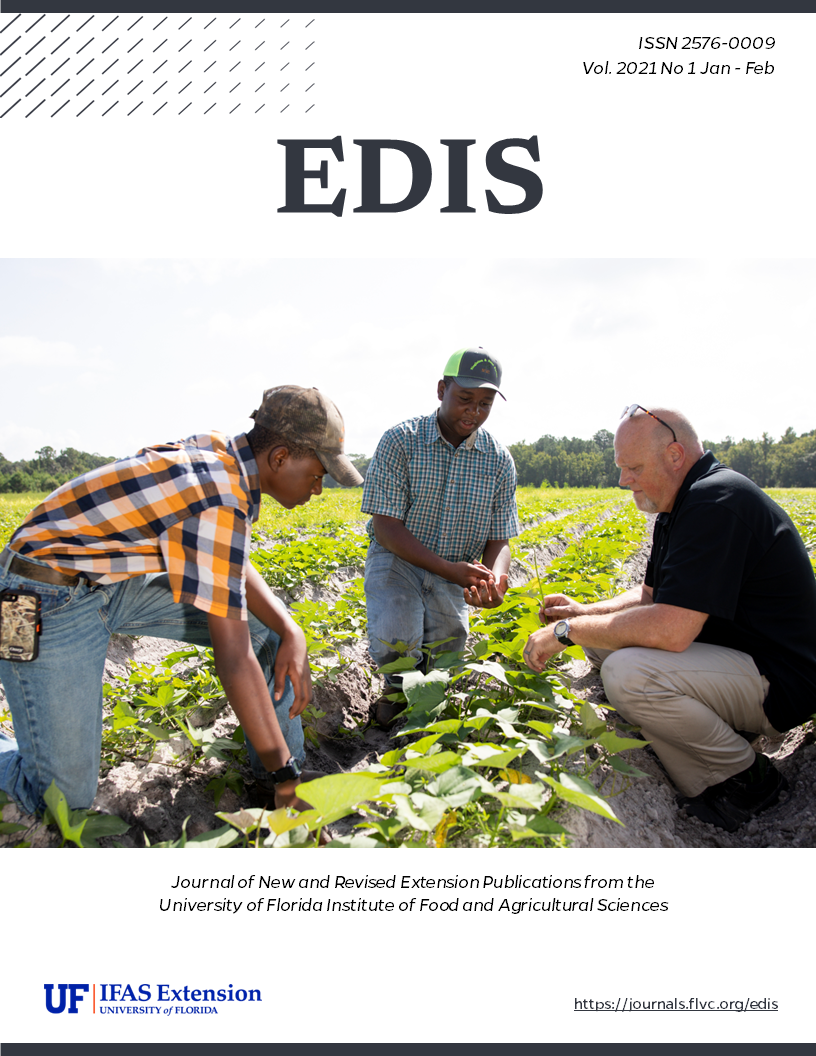Resumen
Ostracods are a class of small crustaceans that inhabit both saltwater and freshwater environments. There are approximately 8,000 living species of ostracods. Non-marine ostracods belong to the Order Podocopida, which is comprised of the superfamilies Cypridoidea, Darwinuloidea, and Cytheroidea (Thorp 2015). They are commonly known as seed shrimp due to their small size, typically smaller than a poppy seed or up to 1 mm. Their carapace, the upper shell of crustaceans, is bivalved, giving it the common name mussel shrimp.
Citas
Martens K, Schön I, Meisch C, Horne DJ. 2008. "Global diversity of ostracods (Ostracoda, Crustacea) in freshwater." Hydrobiologia 595: 185-193. https://doi.org/10.1007/s10750-007-9245-4
Nakamura Y, Kawai S, Yukihiro F, Ito S, Gotoh T, Kisimoto R, Yanase T, Matsumoto Y, Kageyama D, Noda H. 2009. "Prevalence of Cardinium bacteria in planthoppers and spider mites and taxonomic revision of "Candidatus Cardinium hertigii" based on detection of a new Cardinium group from biting midges." Applied Environmental Microbiology 75 (21): 6757-6763. DOI: 10.1128/AEM.01583-09. https://doi.org/10.1128/AEM.01583-09
Roca JR, Baltanas A, Uiblein F. 1993. "Adaptive responses in Cypridopsis vidua (Crustacea: Ostracoda) to food and shelter offered by a macrophyte (Chara fragilis)." Hydrobiologia 262: 127-131. https://doi.org/10.1007/BF00007513
Schön I, Kamiya T, Berghe TV, Broecke LV, Martens K. 2018. "Novel Cardinium strains in non-marine ostracod (Crustacea) hosts from natural populations." Molecular Phylogenetics and Evolution 130: 406-415. DOI: 10.1016/j.ympev.2018.09.008. https://doi.org/10.1016/j.ympev.2018.09.008
Thorp JH, Rogers DC. 2015. Thorp and Covich's Freshwater Invertebrates. 4th Edition. Elsevier Science, New York, NY. pp. 470-486.

